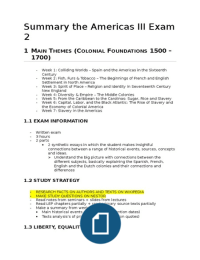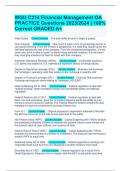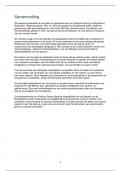Resume
The Americas III Exam 1 (Weeks 1 - 7) Summary
- Cours
- Établissement
Een samenvatting over de eerste helft, dus de eerste 7 weken van het vak the Americas III. Het gaat om een tijdsperiode van , de periode van koloniale fundaties en ondekkingsreizen naar het Amerikaanse continent.
[Montrer plus]






